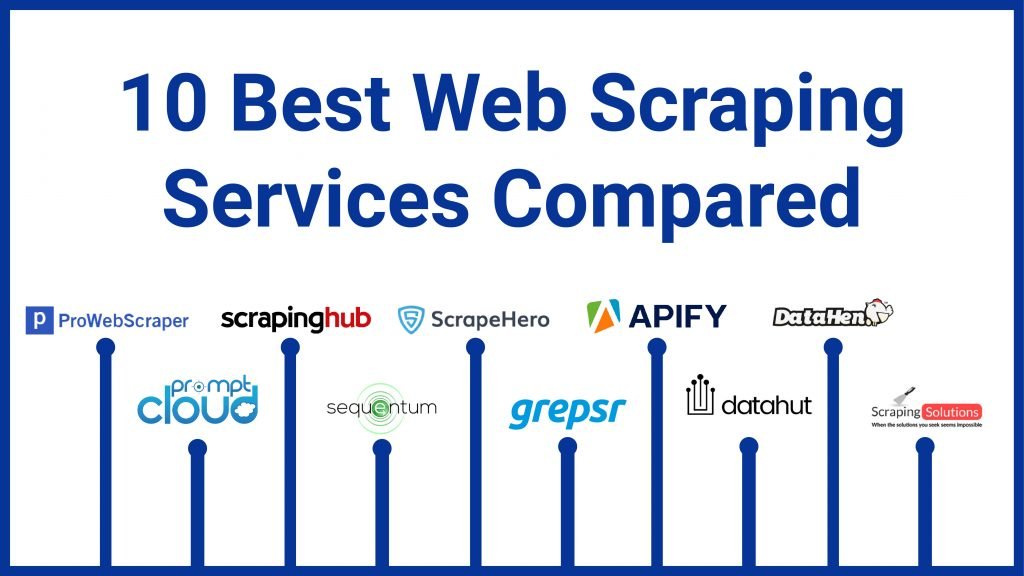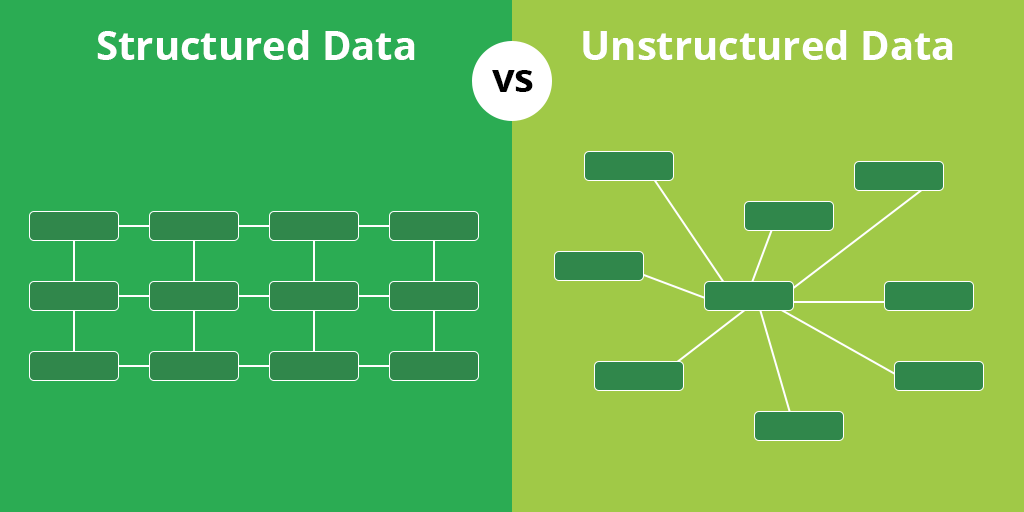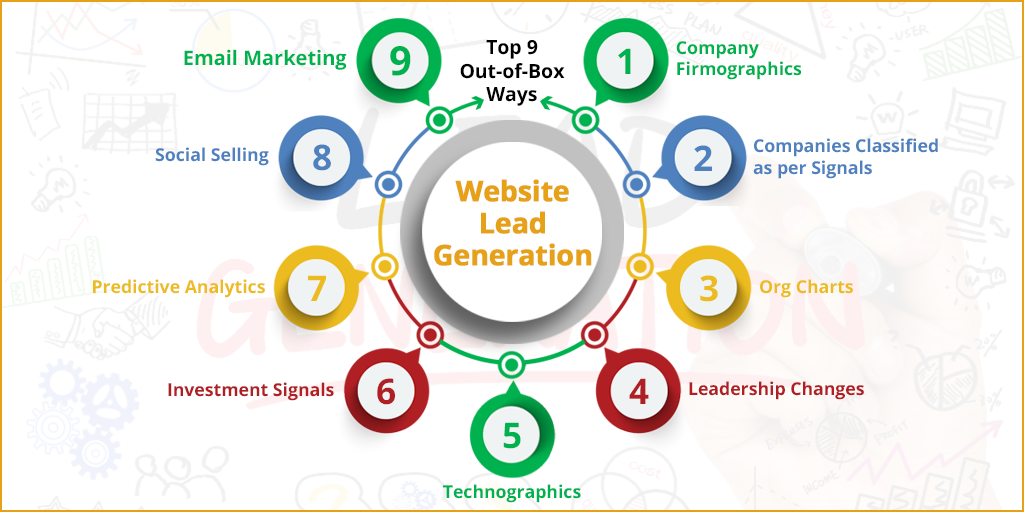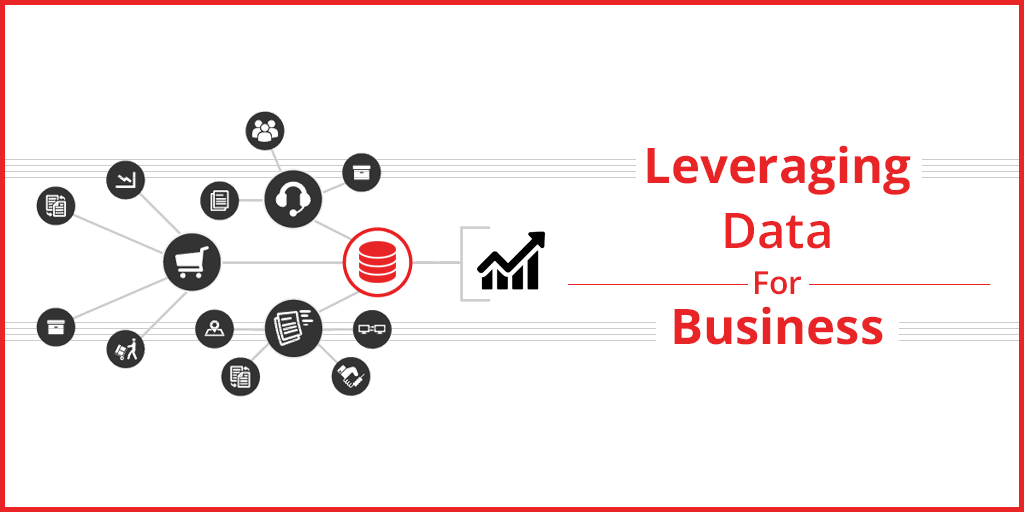Want to scrape bulk data without getting blocked?
7 Best Real-Life Example of Data Mining
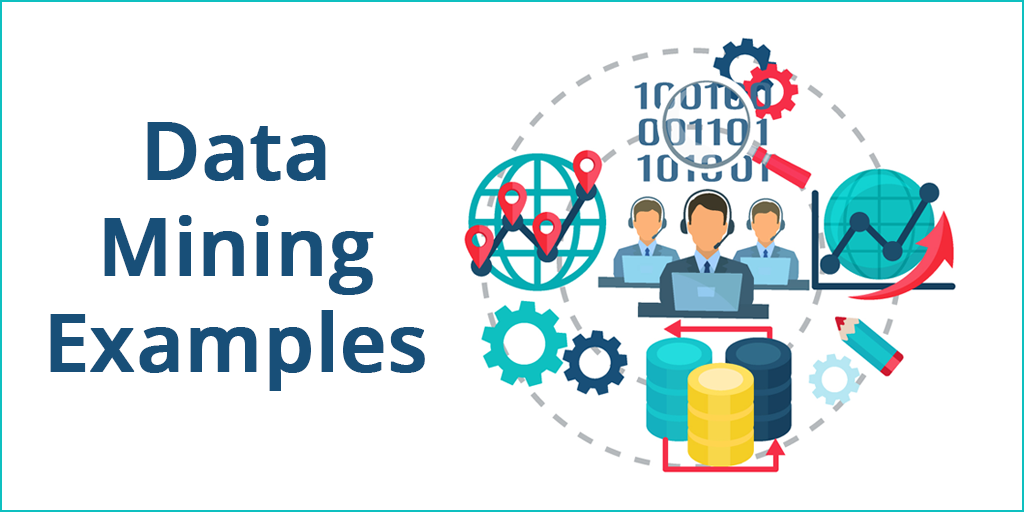
Introduction
Data mining is the process of finding anomalies, patterns and correlations within large data sets involving methods at the intersection of machine learning, statistics, and database systems.
Since data mining is about finding patterns, the exponential growth of data in the present era is both a boon and a nightmare.
90% of the data was created in the past 2-3 years. To add to this, data is getting created at a lightning pace with billions of connected devices and sensors. It means that you have a lot of data that you can explore. However, navigating this kind of volume of data also requires sophisticated tools.
Therefore, it has come down to this- companies which can navigate this kind of volume of data and find patterns and anomalies can race ahead of others.
This blog is all about how some companies have thrived using data mining techniques. It contains some fantastic examples of how data mining can transform your business prospects and open up new possibilities.
We have chosen the examples to illustrate it amply how data mining has its applications in different industries.
Moreover, we have also selected these case studies to highlight how you can, no matter how big or small your business is, make use of data mining to enhance the business potential in a massive way.
1. Marketing
Marketing used to be a game of shooting whatever moved.
Everything was a target without a plan.
Of late, it has become a game of precision.
Earlier, there was no basis on which precise decisions could be made.
Thanks to data and data mining, it’s now possible to spot trends and opportunities wherein you can make precise marketing decisions and devise content accordingly.
For instance, Arby’s harnesses the power of data in order to identify the right opportunities online.
A study by Twitter shows that 90% of Twitter users who see a TV-show related Tweet are likely to immediately watch the show and search for information related to it or share tweet-based content regarding the show.
Arby’s makes use of this connection between TV and Twitter.
Arby’s mined its customer data to find out that its customers will not only see the Grammy awards but also participate in a live conversation on Twitter about it.
Based on this, Arby’s set up a social listening room where the social media director watched the awards show and waited for the right opportunity to be a part of the conversation with pertinent inputs to the ongoing Twitter conversation.
To cite an example of how Arby’s leveraged it, Arby’s tweeted, during the show, at artist Pharrell Williams about his big, wide-brimmed hat.
This created a buzz on Twitter with this one precision strike rather than a series of inane tweets.

Image Credit : Marketing Land
Hence, it’s easy to see how too many tweets mean nothing but if you mine the data, your one tweet can draw a whole lot of attention to your brand.
2. Banking
JP Morgan implemented a unique program called Contract Intelligence (COIN).
It is an AI system that is powered to process and analyze documents faster.
Moreover, it is also aimed at reducing errors while analyzing these documents.
COIN was able to go through and analyze 12,000 annual commercial credit agreements in a few seconds.
Earlier when it was done manually, JP Morgan employees would take 360,000 hours to analyze the documents mentioned above.

Image Credit : courtingthelaw
There are many such use cases where financial institutions have resorted to data mining to save time and money and enhance the efficiency of their processes.
3. Government
While you might want to think that the government would be far behind in using AI and data mining, you cannot be more wrong.
Palantir is a well-known company specializing in the use of big data to solve problems.
Lending its services to the US government for defence, it helped in revealing trends to counter the threat of IEDs (Improvised Explosive Devices), suicide bombers in Syria and Pakistan and even infiltration of allied governments by spies.

In fact, US government is Palantir’s biggest customer. It has emerged as one of the most powerful digital weapons against the war on terror.
Marines have made use of the tools of Palantir to analyze the patterns of roadside bombs in Afghanistan leading them to predict attacks and placement of bombs.
When something begins to work, even more so for the government, you need to admit that it’s ‘fantastic’.
4. Health Care
Mayo researchers have harnessed the power of data mining that OptumLabs offers.
With the help OptumLabs, Mayo researchers have studied how overtreatment happens in the case of diabetes patients.
The case of overtreatment is defined by how diabetics get treated too aggressively and get tested too frequently compared to 8.1 million diabetics in the US remain undiagnosed.

With millions of patients’ data being made available, there are scores of applications that data mining is likely to discover in the times to come.
5. Education
Data mining can have wide ranging applications from pedagogy to educational aids.
Lexplore has evolved a way to identify dyslexic kids quite early on.
Earlier, the process of identifying such kids was manual and involved a lot of paperwork making it cumbersome and error-prone.
Lexplore tracks every student using computers and eye tracking cameras.

Image Credit : lexplore
This enables them to find out kids who are having difficulty in reading. This is a big leap from the manual process and has automated the screening process.
6. Retail Industry
There are amazing applications that data mining has seen over the past few years.
A company like Nordstrom, one of America’s best-known fashion retailers, has tapped into the potential of data mining for personalized customer experience online and at their 225 stores.

Their marketing team monitors Pinterest pins to find out products which are trending and makes use of social media data in order to push these products at their physical stores with signage that draws the customers to explore and buy them.
7. Logistics and supply chain
Data mining techniques can create an impact on efficacy and cost of logistics and supply chain.
This is why major companies have started exploring its applications in their respective ways.
Amazon uses data mining to identify the customers’ exact needs.
Similarly, UPS makes use of data mining to strike a balance in both-cost effectiveness and efficiency.
The United Parcel Service (UPS) is striving to personalize customer experience.

It’s making use of data mining to implement vehicle sensors on all of its 46,000 delivery trucks and various parts of its warehouse and air flights.
It also harnesses a program called WorldShip Integration that enables the customers to various options to personalize the way their packages are shipped and delivered.
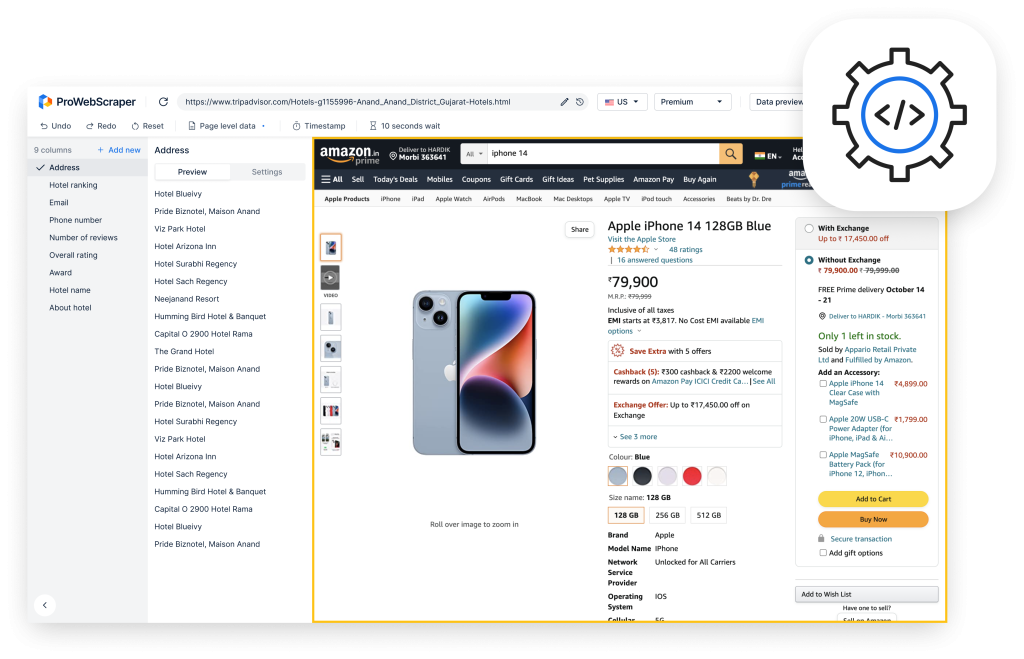
Conclusion
Data mining has a bewildering range of applications in varied industries. Examples mentioned in this blog are symbolic of what data mining can do for your business.
Data mining can unravel new possibilities and open up new avenues of business opportunities. Therefore, those who will harness the data, will grab the competitive advantage.
Later, your company could also feature in the elite league of companies which rose to dizzying heights using the power of data mining!


